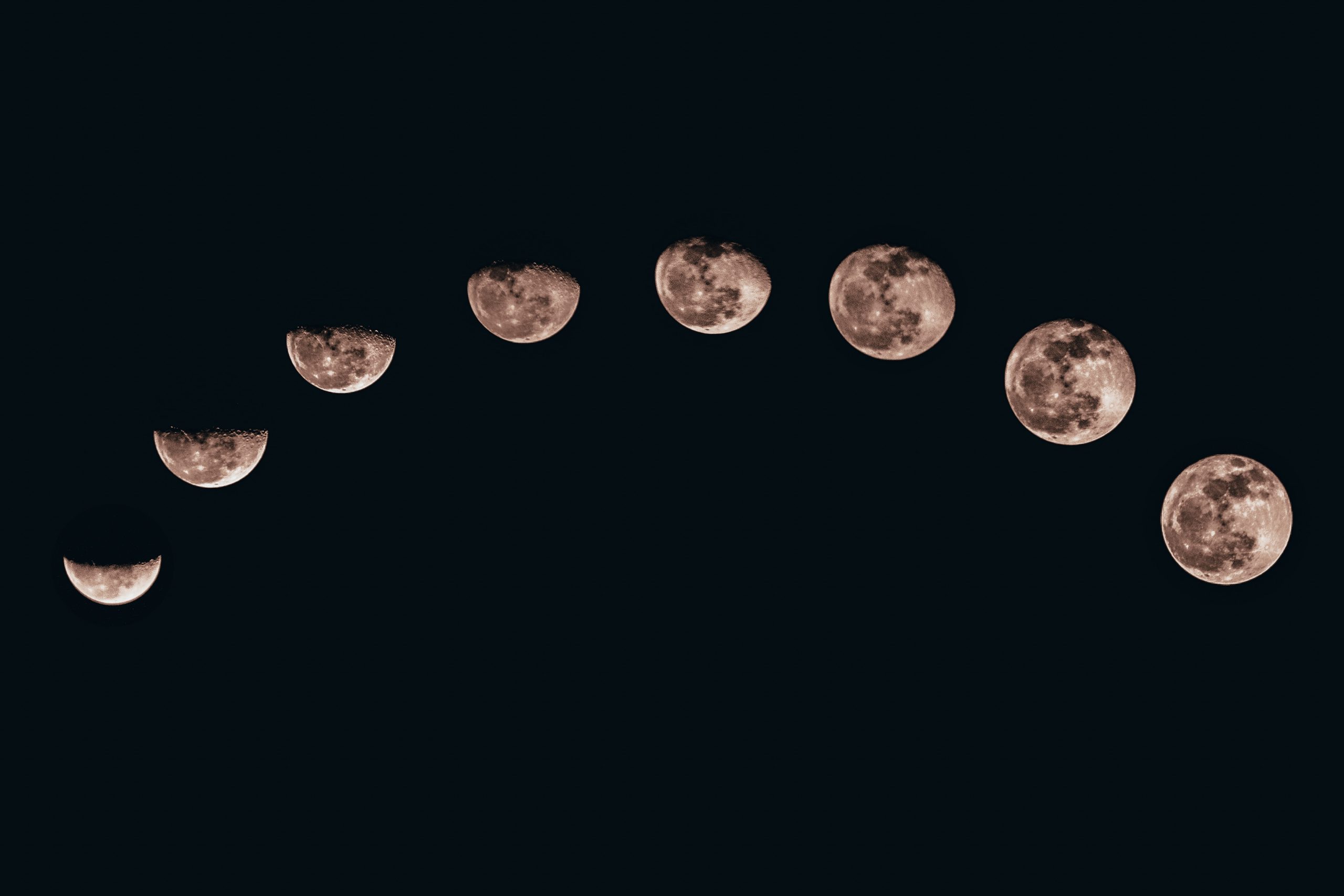The Definition of Last Quarter Moon: A Comprehensive Guide
When we look up at the night sky, we often marvel at the beauty and mystery of the moon. Its different phases, from a bright full moon to a sliver-like crescent, have fascinated mankind for centuries. One such phase, the last quarter moon, holds its own significance and brings a unique charm to the nocturnal canvas. In this blog post, we will delve deeper into the definition, characteristics, and celestial mechanics of the last quarter moon, allowing you to gain a comprehensive understanding of this fascinating lunar phase.
Understanding Lunar Phases
Before we embark on our journey to explore the intricacies of the last quarter moon, it’s important to have a basic understanding of lunar phases. The moon’s phases are determined by its relative position to the Earth and the Sun. As the moon orbits our planet, the amount of sunlight falling on its surface changes, resulting in different phases we observe from Earth.
The eight primary lunar phases include the new moon, waxing crescent, first quarter, waxing gibbous, full moon, waning gibbous, third quarter, and, of course, the last quarter moon.
The Last Quarter Moon: Definition and Appearance
The last quarter moon, also known as the third quarter moon, is the lunar phase that occurs when the moon is three-quarters of its way through its orbit around the Earth. During this phase, the moon appears as a semi-circle, with the right half illuminated and the left half in darkness. It is often referred to as a “half moon” but should not be confused with the first quarter moon, as they are different phases altogether.
The last quarter moon is a transitional phase between the full moon and the new moon, signaling the waning of the moon’s illumination. From Earth, the last quarter moon rises around midnight and sets around noon, making it visible during the early morning hours.
Celestial Mechanics of the Last Quarter Moon
The appearance of the last quarter moon is a result of three celestial bodies aligning in a specific way. To understand this alignment, we need to consider the positions of the Earth, the moon, and the Sun.
When the moon is at the last quarter phase, it is positioned in such a way that it is 90 degrees away from the Sun, as observed from Earth. This alignment causes sunlight to only illuminate the right half of the moon’s visible disk, while the left half remains in darkness.
This unique alignment occurs when the moon is traveling through its orbit, moving from the full moon to the new moon phase. The last quarter moon marks the halfway point between these two phases and signifies the decreasing illumination of the moon until it reaches the new moon phase, when it is completely unilluminated from our perspective on Earth.
The Symbolism of the Last Quarter Moon
Throughout history, different cultures have attributed various meanings and symbolism to the different lunar phases, including the last quarter moon. Symbolically, the last quarter moon represents reflection, release, and letting go. It is associated with a time of introspection and evaluation of one’s actions and choices.
Just as the moon begins to wane in illumination during the last quarter phase, it encourages us to release anything that no longer serves us or holds us back. It serves as a reminder to evaluate our goals and intentions, letting go of what is unnecessary and striving for personal growth.
Scientific Significance of the Last Quarter Moon
While the last quarter moon carries cultural and symbolic significance, it also holds scientific importance. Astronomers and researchers often use this phase to study and map the moon’s surface, as the longer shadows during this phase provide more pronounced topographical features.
During the last quarter phase, the angle between the Sun, Earth, and the moon results in deeper craters and higher mountain peaks casting longer shadows. This favorable lighting conditions enable scientists to observe and analyze these features in greater detail.
Conclusion
The last quarter moon, with its distinctive appearance and symbolism, adds richness to the ever-changing lunar cycle. As it represents a period of reflection and release, it serves as a powerful reminder to evaluate our lives and let go of what no longer serves us. Simultaneously, from a scientific standpoint, the last quarter moon offers astronomers an opportunity to study the moon’s surface with depth and precision.
Next time you gaze at the night sky and spot the familiar semi-circle of the last quarter moon, take a moment to appreciate not only its aesthetic beauty but also the scientific and symbolic significance it holds.
Table of Contents
